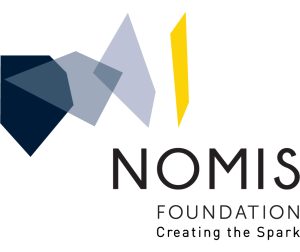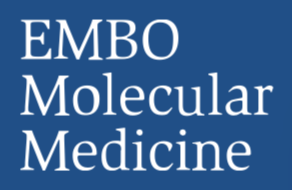The cell biology of Chloroflexota is poorly studied. We applied cryo-focused ion beam milling and cryo-electron tomography to study the ultrastructural organization of thermophilic Roseiflexus castenholzii and Chloroflexus aggregans, and mesophilic “Ca. Viridilinea mediisalina.” These species represent the three main lineages within a group of multicellular filamentous anoxygenic phototrophic Chloroflexota bacteria belonging to the Chloroflexales order. We found surprising structural complexity in the Chloroflexales. As with filamentous cyanobacteria, cells of C. aggregans and “Ca. Viridilinea mediisalina” share the outer membrane-like layers of their intricate multilayer cell envelope. Additionally, cells of R. castenholzii and “Ca. Viridilinea mediisalina” are connected by septal channels that resemble cyanobacterial septal junctions. All three strains possess long pili anchored close to cell-to-cell junctions, a morphological feature comparable to that observed in cyanobacteria. The cytoplasm of the Chloroflexales bacteria is crowded with intracellular organelles such as different types of storage granules, membrane vesicles, chlorosomes, gas vesicles, chemoreceptor-like arrays, and cytoplasmic filaments. We observed a higher level of complexity in the mesophilic strain compared to the thermophilic strains with regards to the composition of intracellular bodies and the organization of the cell envelope. The ultrastructural details that we describe in these Chloroflexales bacteria will motivate further cell biological studies, given that the function and evolution of the many discovered morphological traits remain enigmatic in this diverse and widespread bacterial group.











